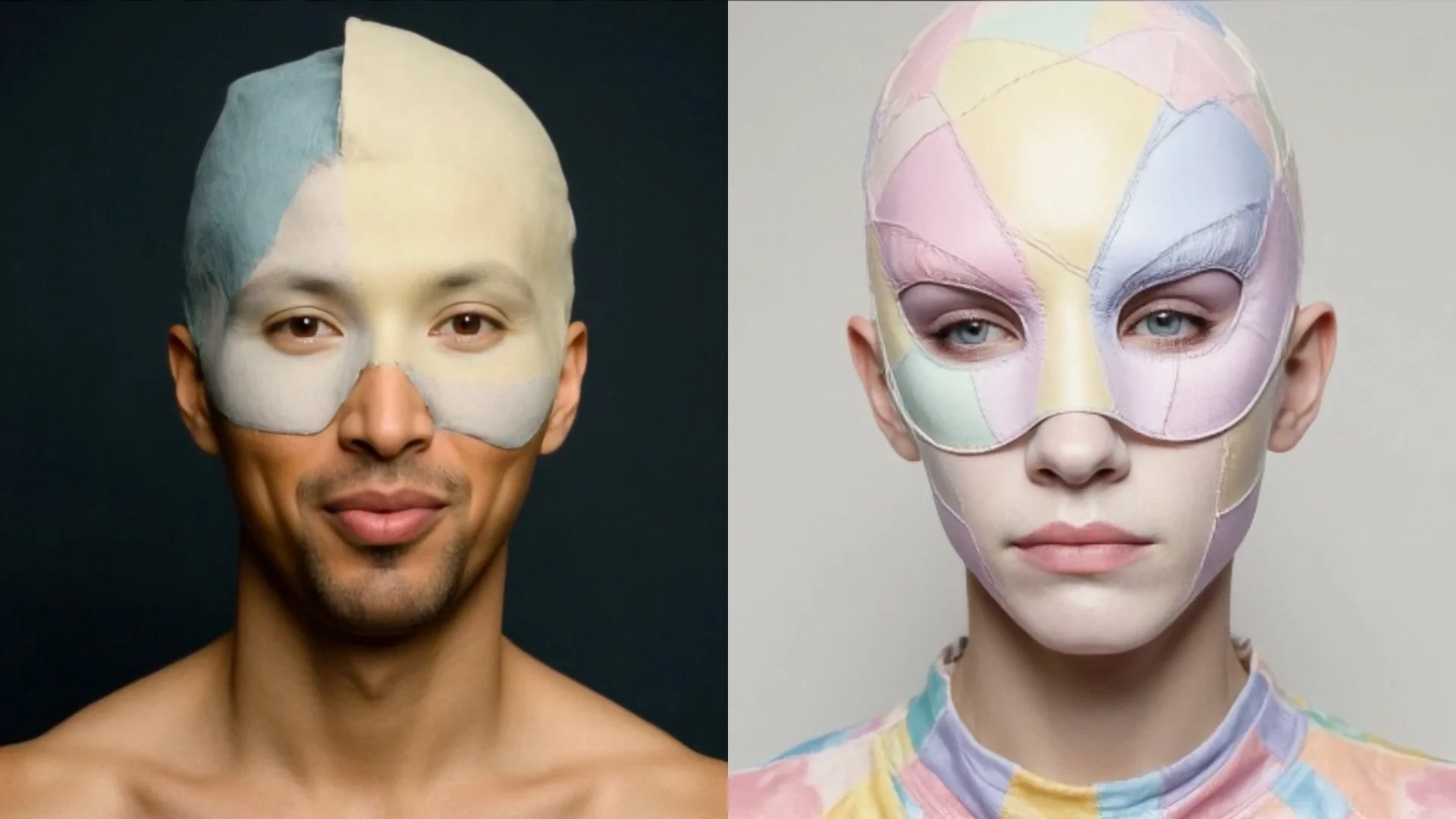The current state of communication design…
… and how the “Grammar of Aesthetics” helps aspiring designers meet the challenges of the field
Over the past three years, the field of communication design has undergone another significant transformation. This change had been long anticipated, gradually implemented, and ultimately shook the creative economy to its core.
Key factors driving this transformation include technological advances in social media and, above all, artificial intelligence.
Our social interactions and our working world have undergone a transformation that can be described, without exaggeration, as historically unprecedented.
Technology that encounters us in a human, autonomous form and responds individually to the needs of each person is a cultural novelty.
No area of society remains untouched. This applies to politics as well as to business and education. It also applies to us at the Academy of Visual Arts in Frankfurt.
How must the content and structure of the program be modified so that every graduate can master these challenges?
What is the challenge? Design that has a lasting impact is essentially based on individual positions. The task of studying is to determine and question these positions. Individual desires, fears, and memories are not isolated phenomena; rather, they give rise to collective ideas and realities.
We cannot separate the technical and social developments that have such a powerful influence from our pursuit of happiness, security, and a fulfilled life.
The challenge lies in recognizing one's own will to create as part of a collective will to create a better world. Whether this better world is a curse or a blessing can only be measured by the relationship between the individual and the community. Whether and to what extent one's own creative work relates to questions of collective design, be they questions of politics, economics, science, the environment, and so on, determines the influence of the work on general development.
In order to meet this challenge in our studies, the curriculum links two fields whose interrelationship is the prerequisite for any successful design. On the one hand, there is the field we refer to as creative practice, and on the other, the field of methodological procedures. In a very rough division, one could say that the first field is that of aesthetics, the second that of intellectual reflection. In the first, individual impulses come into play; in the second, social interaction is constituted.
The semester assignments correspond to the interrelationship between these fields. On the one hand, there are the Disegno Lectures and Seminars, which apply the complex network of relationships between physical movement, coordinates of perception, and arbitrary manifestations (chance operations) to the objectification and spatialization of the real (faces, bodies, animals, plants, and so on). On the other hand, there are practical projects (and corresponding ATM courses) that address the question of how the relationship between the material and idea-based worlds, as well as their medial dispositions, can be manifested in physical or medial products in reference to their coexistence.
Creative practice and methodological procedures are linked by the ”grammar of aesthetics.”
In general, grammar is the structural basis that enables communication. The same applies to all aesthetic areas. In linguistics, a fundamental distinction is made between syntax, semantics, and pragmatics.
Syntax examines the rules by which words are combined from basic elements (formatives) into sentences.
Semantics deals with assigning words and sentences to individual linguistic objects or objects interacting with each other. Pragmatics examines how words and sentences are used in context and their effects on the speaker and listener.
Aesthetic grammar is divided into four categories:
1) Objectification,
2) Deconstruction,
3) Formalization,
4) Composition.
The question of what ”objectifies” an object or an interaction between objects corresponds to pragmatics (i.e., what can an object grasp in the context of its appearance?).
Deconstruction breaks down the object in terms of syntax. This raises the question of how an object is composed and from which parts. To maintain the analogy, an object can be a word or a sentence.
Formalization describes combining elements obtained from deconstruction into new forms that have a new meaning. These new forms can be letters in the sense of syntax or words in the sense of semantics.
Finally, composition connects semantics and pragmatics—that is, the effect of the individual form as an identifiable object in its relationship to other forms or objects, in the sense of perception and assignment.
An essential criterion of composition is ”aesthetic tension,” or the relationship between object elements, objects, and their spatial arrangement.
Tension refers to the relationship between encoding and decoding, or the reactivation of static (encoded) elements in the perception (decoding) of the recipient, forming a temporal dynamic that occurs in the neurophysiological apparatus.
